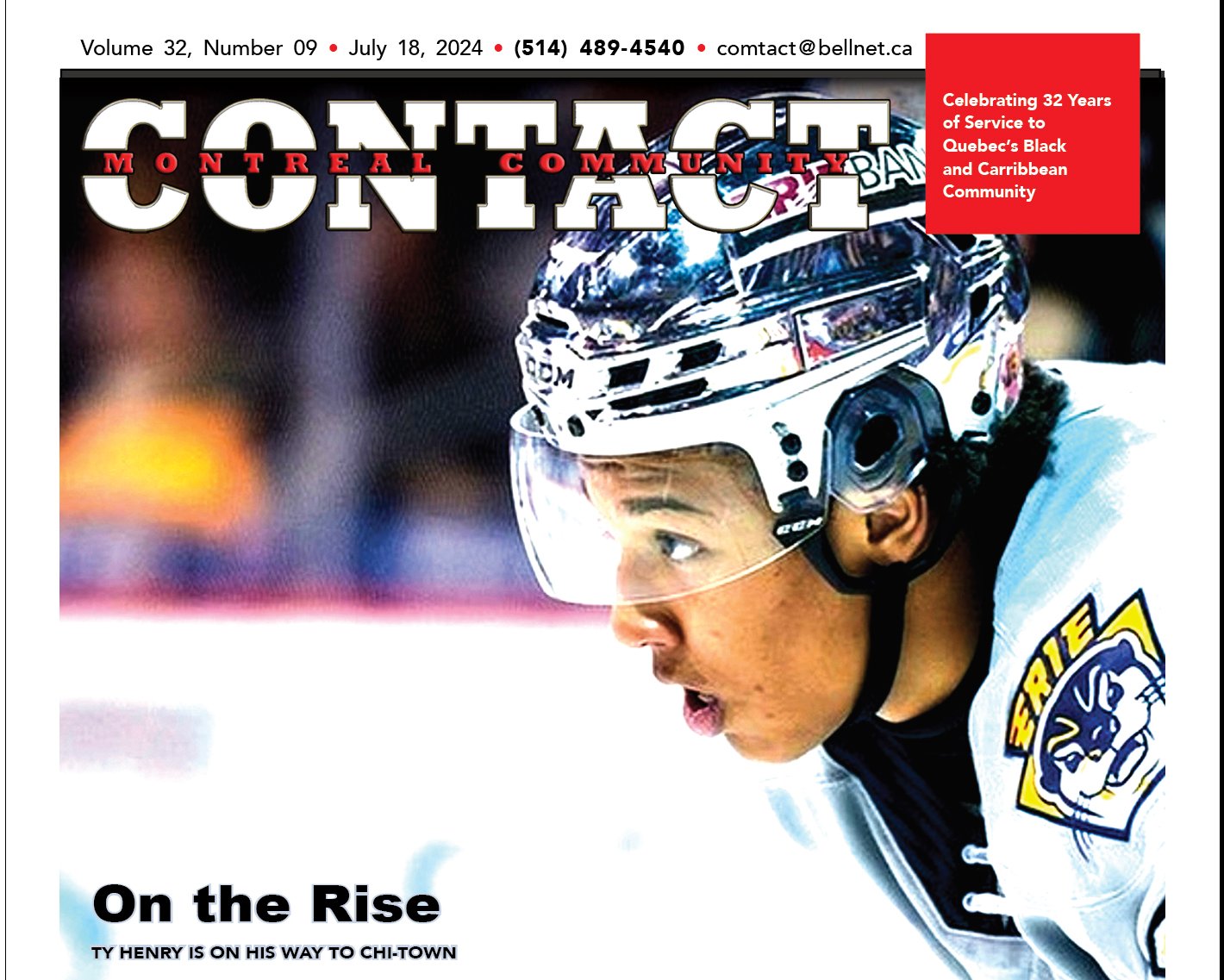OUT OF AFRICA
That was big news last week about a major diamond find in Botswana in southern Africa. Initial reports stated it was the largest diamond ever found in the world, but subsequent newspaper and Internet stories tempered the excitement, stating, “The world’s second largest gem quality diamond has been discovered in Botswana…”
news last week about a major diamond find in Botswana in southern Africa. Initial reports stated it was the largest diamond ever found in the world, but subsequent newspaper and Internet stories tempered the excitement, stating, “The world’s second largest gem quality diamond has been discovered in Botswana…”
At 1,111 Carats, it’s reportedly the largest diamond in the world, “the size of a tennis ball.”
I saw a picture of the damn thing and it’s huge, not just in size, but especially in value—dollar numbers, where it matters most. If you want to buy it, it’s worth a lot, according to some reports up to $90 million, and probably counting…
Over the years I’ve heard of ‘carats’ but had no interest in sparkling stones; I much prefer the next best and less expensive, but flavourful commodity, carrots. Consuming them allows those interested in [purchasing] carats to see the sparkling product better.
[Carat. I used to think of it in terms of imperial or metric measurement/weight. But a bit of research explained it this way: “To understand diamond size, carat weight should be considered in conjunction with two other criteria: distance in millimeters across the top of the diamond–Diamond’s cut grade.”]
All that said, no matter how one feels about it, based on what I saw, that thing is huge. Wonder if there’s any woman out there with a strong enough finger… or a man who would want to sport that tennis ball…
Anyway, that is as far as my aesthetic interest in that ball, which will never again be back in Africa, goes.
On a … let’s say conscious level I’m taken by the fact that the thing was formed (conceived) in Africa’s rich soil, like much of the world’s (precious) minerals, but It found a safe resting place, not in Africa but at Sotheby’s. The multinational corporation (originally British but now headquartered in New York City), is one of the world’s largest brokers of fine and expensive decorative things, including art, jewelry, real estate, and collectibles…
The ball is showing off, awaiting a wealthy buyer, who most likely… and probably will be one hundred percent non-African. Yes, it is the norm.
There was much excitement in the diamond (mining) community. Especially the company that ‘harvested’ the gem, Lucara Diamond Corp., a major Canadian diamond mining operation with headquarters in Vancouver.
“The significance of the recovery of a gem quality stone larger than 1,000 carats, the largest for more than a century…cannot be overstated,” said William Lamb, CEO of Lucara Diamond Corp.
“The recovery…?” Did Lucara lose the diamond…? No! Much like tens of thousands of other diamonds over the centuries, that tennis ball was formed beneath and dug out of African soil, then invariably found its way to some Western nation and city.
Another diamond industry player reacting to the big find said, “Given this stone is likely to be historically significant, the value could take on a life of its own and achieve significantly more—all flowing straight to Lucara’s bottom line… This is immensely good news for Lucara, perhaps the best week in the company’s history.”
According to one article, “It is the biggest diamond to be discovered in Botswana and the largest find in more than a century.”
The biggest one was apparently “found in South Africa in 1905 and cut into nine separate stones, many of which are in the British Crown Jewels.”
Two questions: What is the cash value of the British Crown Jewels? How much were the African colonies where they were stolen paid by Britannia for the mining… extraction of those minerals used to create the Crown Jewels?
Oh, more questions: “How much did the Canadian company pay the Botswana government for its mining concessions? How much of the money derived from the African country’s mineral wealth trickle down to the people of Botswana. As we know, many of Africa’s average peoples, whose countries are blessed with many natural resources, have (for generations) been waiting for the trickle down effect of their national and continental birthright. Unfortunately, for the most part, Africa’s birthright has historically been the hegemony of corrupt politicians who have sold out to African leaders, who have acquiesced to Western multinationals, and in recent years Chinese and Asian ones…
[Can you] imagine? In the 21st century Africa’s precious mineral resources, it’s scattered offspring birthright, doesn’t even benefit them—on the continent—or across the Diaspora. Those resources are controlled by Europeans on the continent and across their Diaspora—Europe, Australia, North America, wherever White people, and now other non-European wealthy people call home.
“This has been an amazing week for Lucara with the recovery of the second largest and also the sixth largest gem quality diamonds ever mined,” the president and Chief Executive of Lucara said.
He continued, “The significance of the recovery of a gem quality stone larger than 1,000 carats, the largest for more than a century …cannot be overstated… I am truly at a loss for words… We are truly blessed by this amazing asset.”
Lucara also boasted that, “two other ‘exceptional’ white diamonds—an 813-carat stone and a 374-carat stone—were also found….”
Thank God for Africa, the continent that just keeps giving—to the West, now the new economic colonials…
Or are Africans in mineral-rich countries benevolent souls who prefer to suffer in silence as their political leaders continue to deprive them of the enjoyment of their birthright?
For its part a BBC News story refers to Botswana as “the world’s largest producer of diamonds… and the trade has transformed it into a middle-income nation. The capital, Gaborone, is rapidly being turned into a major global trading centre. After decades of just mining rough diamonds, “it now cuts, polishes and sells the precious stones itself…it’s becoming a regular destination for global diamond traders and that’s changing the economy here,” one Batswana said.
Good news!
But how will that good news change the lives of the people in that tiny mineral-rich nation?
Yes, Sotheby’s, or some other Western auction house, is where Africa’s precious stones will invariably end up for the show… and the moneyed class to bid. And, irony and paradox aside, one can bet that no African is ever present to bid.
So as more and more diamonds are extracted from former colonies, one has to wonder who is the greater beneficiary, the African nations (that grow the minerals) or the multinational players.
To borrow from the late Prince Rogers Nelson’s ‘When Doves Cry,’ “Dig if you will the picture…Can you picture this…?
I know despite all their mineral wealth, their birthright, many Africans are crying, have been crying…
Can you imagine?















